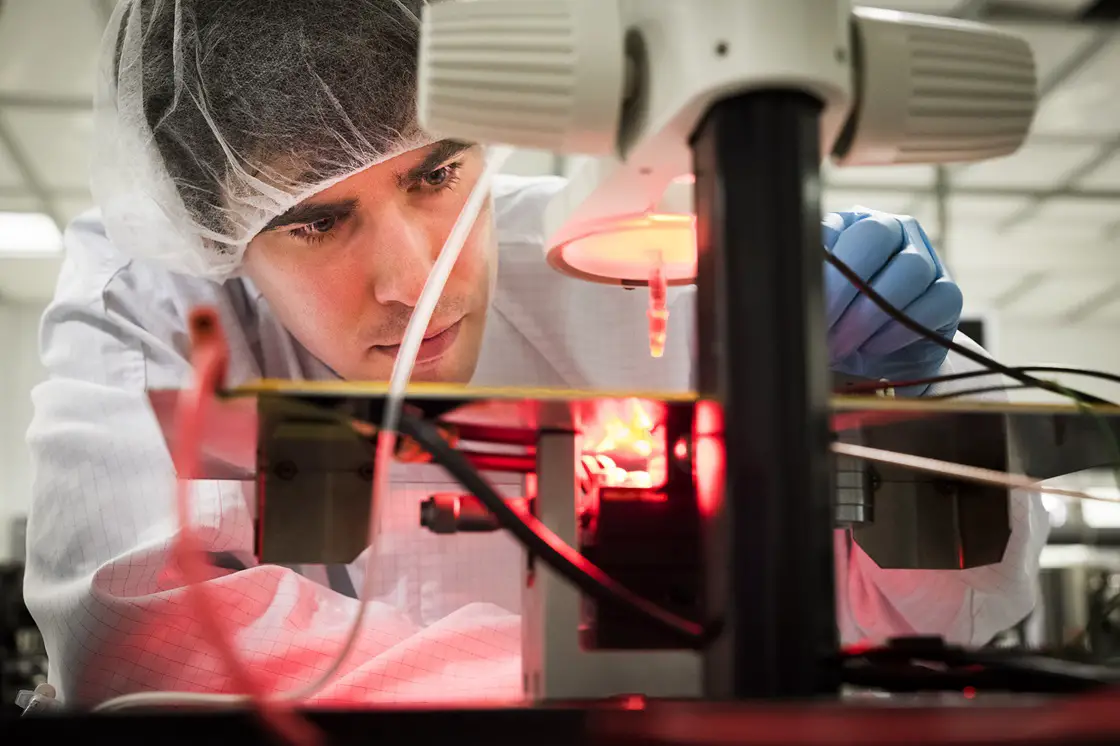It is no secret that medical science has been hoping for years to develop retinal implants to correct blindness. Millions of dollars and decades of research have gone into understanding how the retina handles electrical signals as light penetrates the eye. The biggest hurdle thus far has been understanding the signal processing that goes into determining what a person sees.
The human eye is a complex organ made up of dozens of systems that science still doesn’t fully comprehend. Researchers know they need a better understanding if they are ever to develop retinal implants. They are working on figuring out how rods, cones, and the retina work together to provide vision.
For the record, rods and cones are two different kinds of receptor cells that take in light and transfer information to the brain. Researchers at the University Of Texas Health Center at Houston have achieved a major breakthrough in their rod and cone research. What they have learned could eventually pave the way to solving the signal processing problem.
More About Signal Processing
Before explaining what the University of Texas researchers have discovered, it is imperative to understand the basics of signal processing. Rock West Solutions, a California company that specializes in signal processing and sensor development, says that signal processing is the foundation on which all sensors are built.
A sensor is a device that measures some sort of signal and sends the results to be processed. The sensor itself cannot distinguish between useful and non-useful information. It can only measure and send the signal. Also referred to as a data stream, the signal carries all sorts of information that needs to be analyzed.
Useless information is considered noise. It must be reduced as much as possible so that useful information can be better processed. This is where building retinal implants runs into trouble. Scientists do not know how to process visual signals electronically because they still haven’t figured out how the brain does it.
Discovering How Cones and Rods Work
The University of Texas researchers have been studying cones and rods for quite some time. They recently discovered a couple of things that could prove revolutionary. First, they discovered that cones and rods communicate with one another.
Rods and cones convert light particles into electrical signals. Those signals are then sent to the brain. Rods do the bulk of their work in limited light settings, like nighttime darkness. Cones do the majority of their work during the daylight hours and when trying to understand color.
Electrical signals can travel between cells through gap junctions. Here’s the curious part: there are no gap junctions between cones. Likewise, the junctions between rods are few and far between. Yet the gap junctions between cones and rods are plentiful. This suggests that individual cones or rods do not communicate with each other, but they do communicate with the other type of cell.
They Know What It Means
None of what the researchers have discovered means much to us laypeople. However, they know what it means. They know why it is important to understand how cones and rods communicate with each other and the brain. And now that they have figured out the gap junction thing, they are one step closer to understanding how the brain processes the electrical signals cones and rods send.
Their discovery could one day lead to artificial signal processing that makes retinal implants a reality. Like cochlear implants can now simulate hearing for the deaf, retinal implants may someday simulate vision for the blind. It is all thanks to commercial sensors developed by brilliant engineers.



